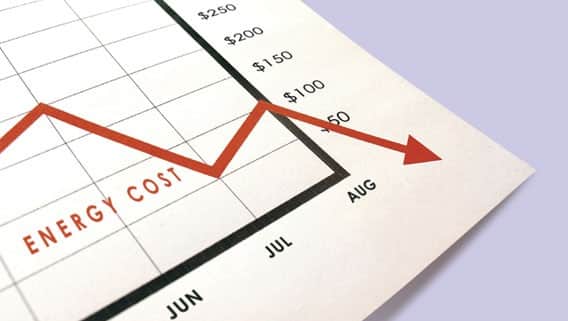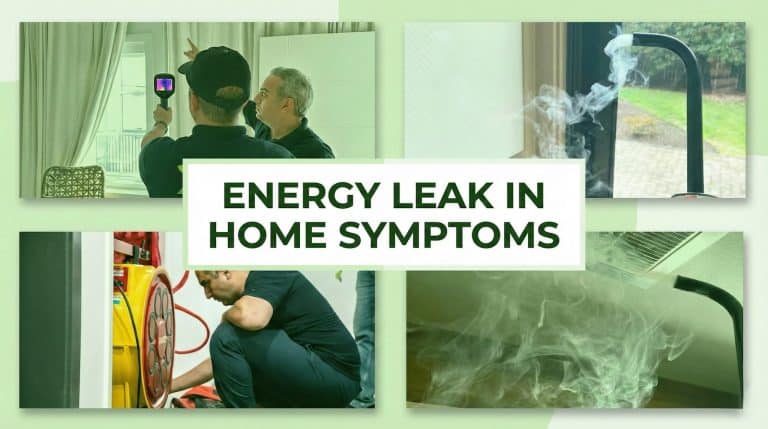It’s difficult to pinpoint the single most impactful effort for saving energy at home as it depends on several factors:
- Climate: In hot climates, addressing cooling costs is most important. In cold climates, it’s heating.
- Home type: Drafty older homes benefit more from air sealing, while newer well-sealed homes might see bigger savings from upgrading appliances.
- Energy use: If your water heating costs are high, addressing that specifically will yield the most significant results.
However, here’s a breakdown of some common energy-saving efforts with their potential impact:
- Air Sealing: This can significantly reduce energy loss, especially in older homes. Studies suggest savings of 10-30% on heating and cooling bills.
- Upgrading Insulation: Proper insulation levels prevent heat transfer in and out of your home. Savings vary, but estimates suggest 15-20% on heating and cooling costs.
- Replacing Inefficient Appliances: Upgrading to energy-star certified models can save 10-30% on appliance-related energy use.
- Switching to LED Lighting: LEDs use up to 80% less energy than traditional bulbs. Savings depend on lighting usage, but can be significant.
- Smart Thermostat Use: Programming your thermostat efficiently can save 10-30% on heating and cooling costs.
For the biggest impact, consider a combination of these efforts. Here’s a prioritized approach:
- Air Sealing: Address any major drafts or leaks first.
- Upgrade Insulation: If your insulation levels are inadequate, address this next.
- Target High-Energy Appliances: Replace older, inefficient appliances with energy-star certified models, focusing on frequently used ones.
- Switch to LED Lighting: This is a low-cost way to save consistently.
- Smart Thermostat Use: Implement a schedule that optimizes comfort and efficiency.
Remember, an energy audit is a great way to identify the areas where your home uses the most energy and pinpoint the most impactful improvements. This personalized approach will help you maximize your energy savings.




